

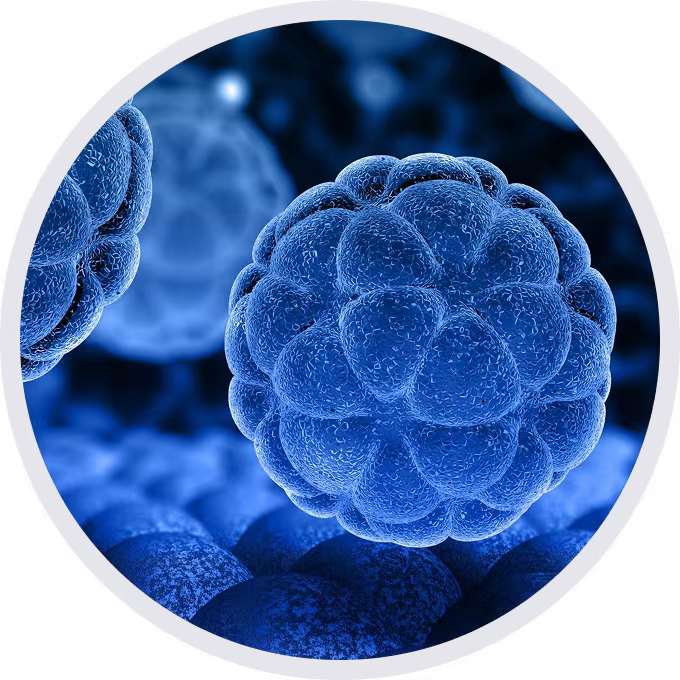
• 332181
| Product name | B-MSLN MC38 |
|---|---|
| Catalog number | 332181 |
| Strain background | C57BL/6 |
| Aliases | MPF,SMRP |
| Tissue | Colon |
| Disease | Colon carcinoma |
| Species | Mouse |
on this page
The human MSLN CDS was inserted into mouse Msln gene, so that the mouse MSLN was not expressed anymore, human MSLN was highly expressed on the surface of B-hMSLN MC38 cells.
Gene targeting strategy for B-hMSLN MC38 cells. The exogenous promoter and full coding sequences of human MSLN was inserted to mouse exon 2 in B-hMSLN MC38 cells.
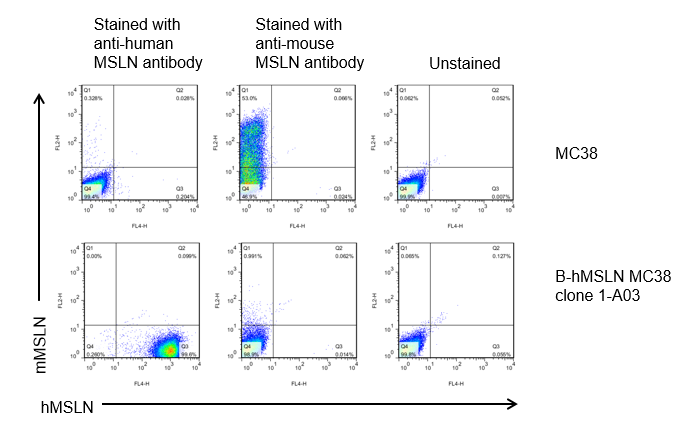
MSLN expression analysis in B-hMSLN MC38 cells by flow cytometry. Single cell suspensions from B-hMSLN MC38 cultures were stained with species-specific anti-MSLN antibodies. Human MSLN were detected on the surface of B-hMSLN MC38 cells, mouse MSLN were not expressed anymore. The 1-A03 clone of B-hMSLN MC38 cells was used for in vivo experiments.
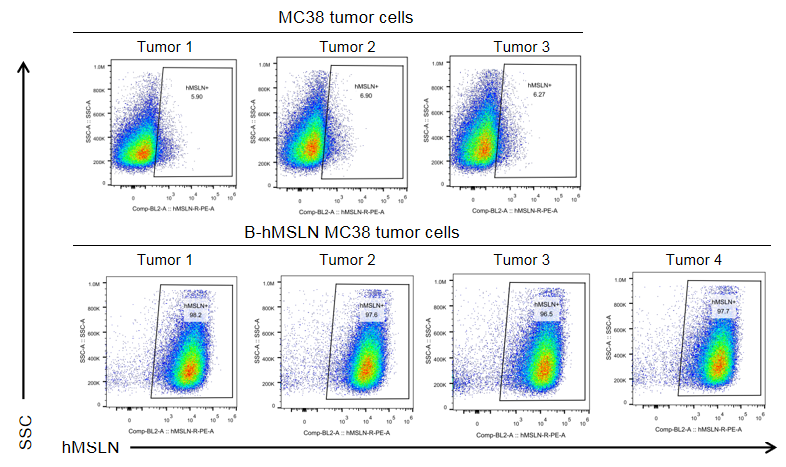
B-hMSLN MC38 cells (1-A03) and wild-type MC38 cells were subcutaneously implanted into C57BL/6N mice (female, 14-week-old, n=6). At the end of the experiment, tumor cells were assessed for human MSLN expression by flow cytometry. As shown, human MSLN was expressed on the surface of tumor cells. Therefore, B-hMSLN MC38 cells can be used for in vivo efficacy studies of novel MSLN therapeutics.
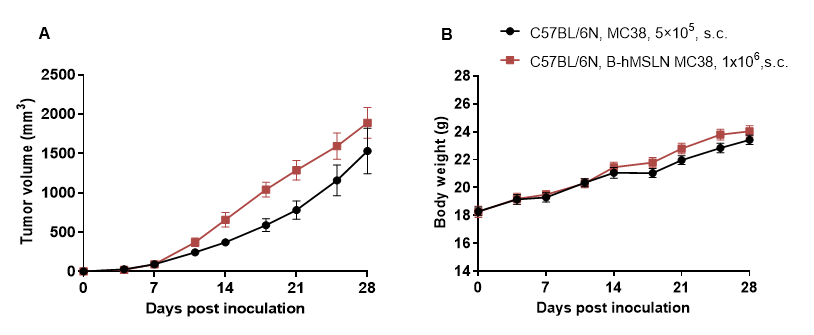
Subcutaneous homograft tumor growth of B-hMSLN MC38 cells. B-hMSLN MC38 cells (1x106) and wild-type MC38 cells (5x105) were subcutaneously implanted into C57BL/6 mice (female, 6-week-old, n=8). Tumor volume and body weight were measured twice a week. (A) Average tumor volume ± SEM. (B) Body weight (Mean± SEM). Volume was expressed in mm3 using the formula: V=0.5 × long diameter × short diameter2. As shown in panel A, B-hMSLN MC38 cells were able to establish tumors in vivo and can be used for efficacy studies.
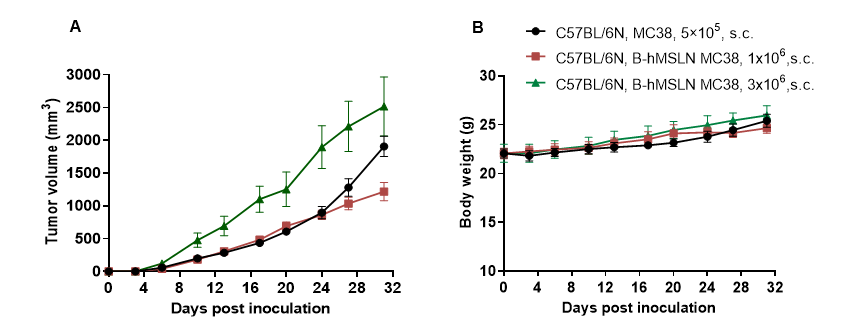
Subcutaneous homograft tumor growth of B-hMSLN MC38 cells. B-hMSLN MC38 cells (1x106) and wild-type MC38 cells (5x105) were subcutaneously implanted into C57BL/6 mice (female, 14-week-old, n=6). Tumor volume and body weight were measured twice a week. (A) Average tumor volume ± SEM. (B) Body weight (Mean± SEM). Volume was expressed in mm3 using the formula: V=0.5 × long diameter × short diameter2. As shown in panel A, B-hMSLN MC38 cells were able to establish tumors in vivo and can be used for efficacy studies.